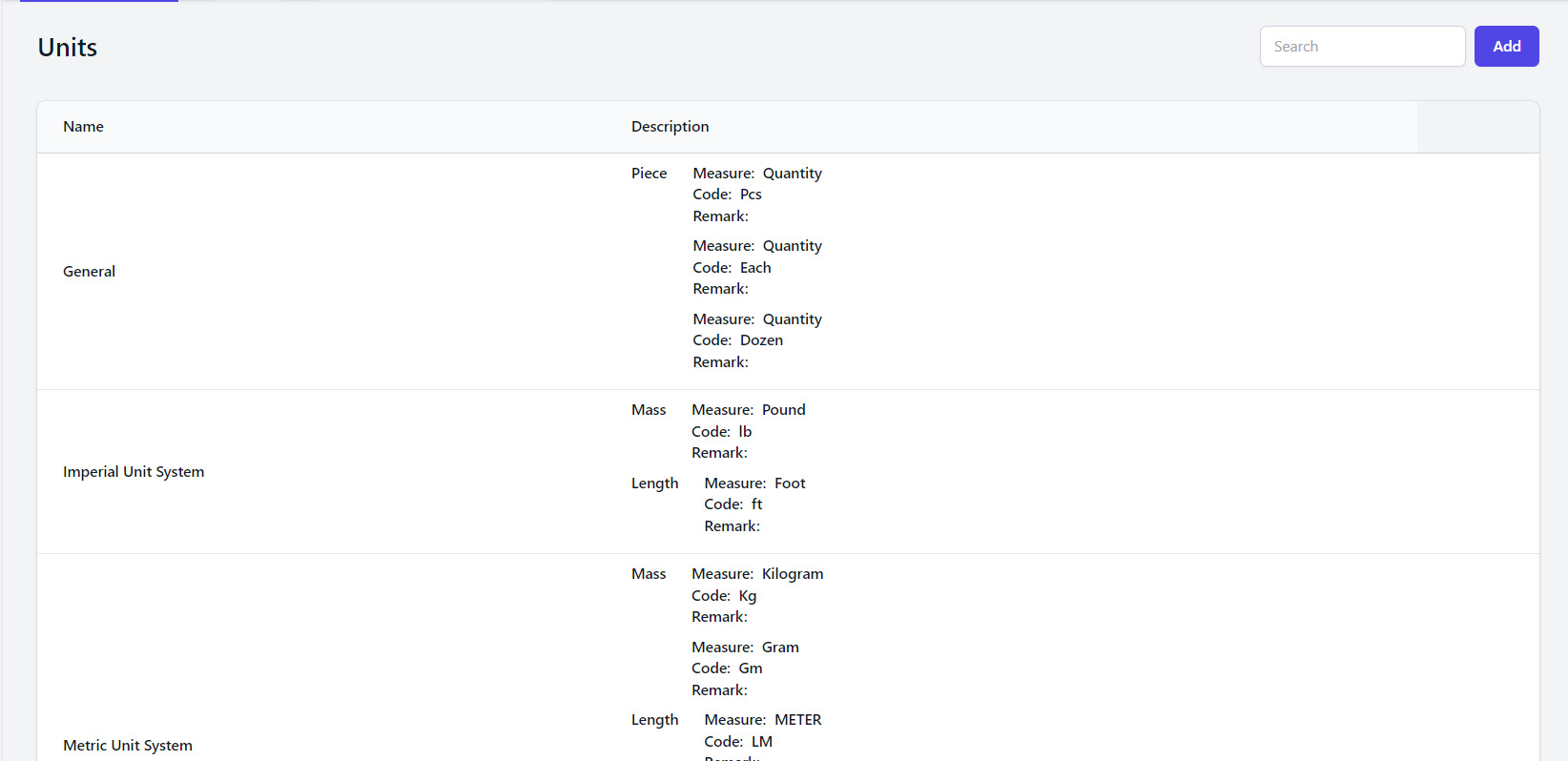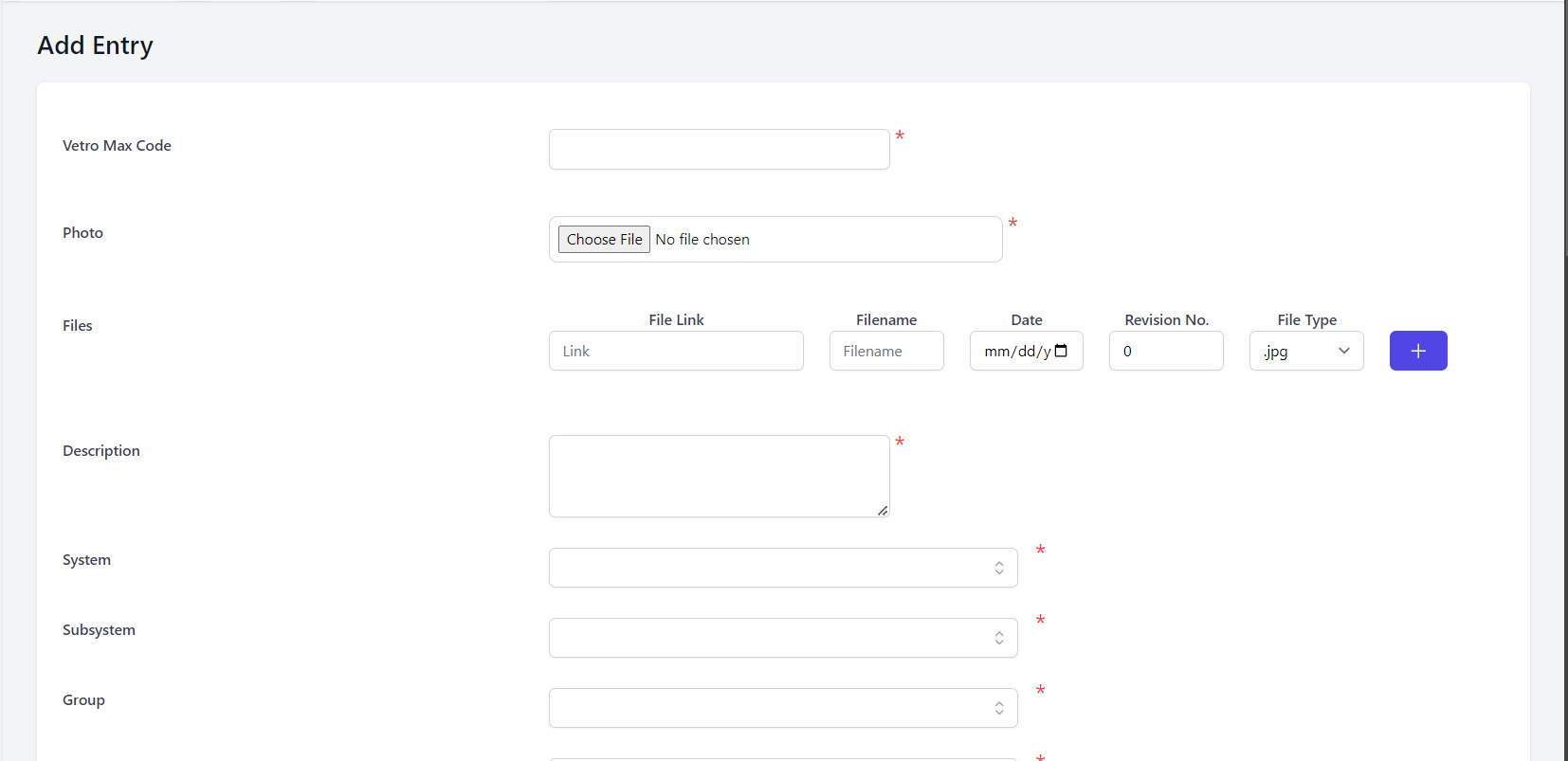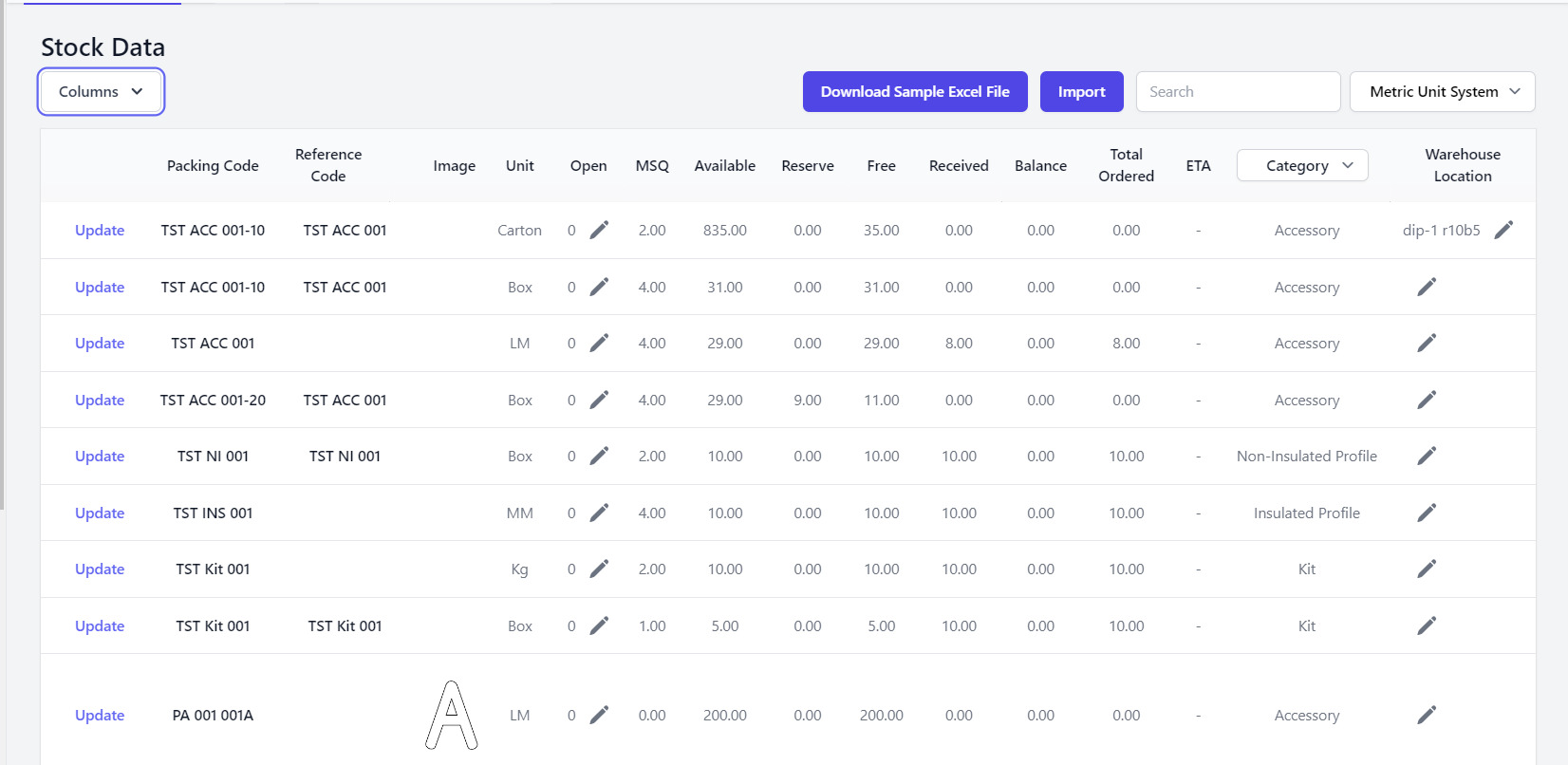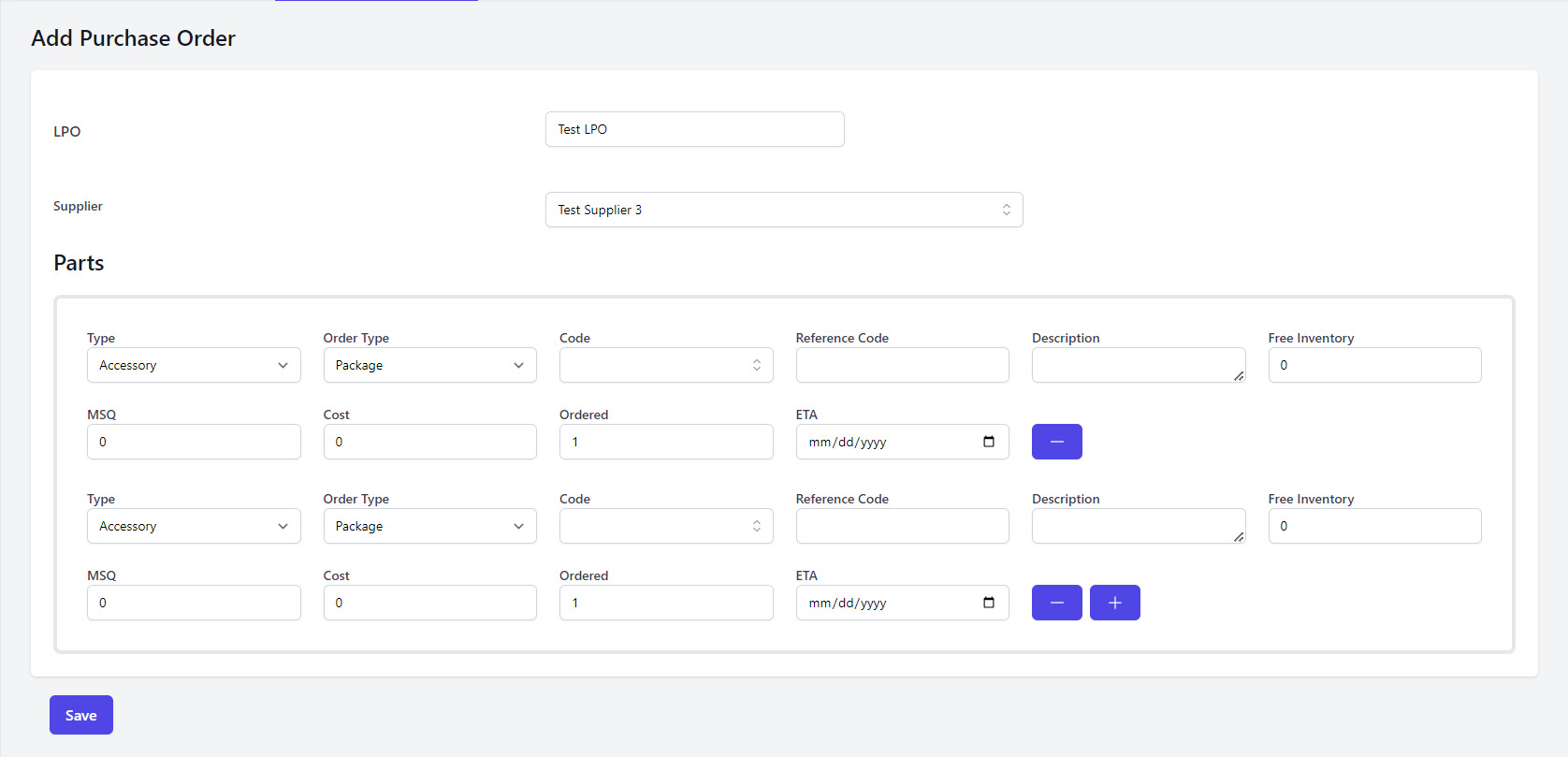Development of Comprehensive Cloud ERP for Advanced Manufacturing and Construction Management
A leading manufacturing company based in Dubai specializing in producing high-quality aluminum systems and glass facades. The client exclusively serves the construction industry and has a long-standing reputation for delivering precision-engineered products, including advanced building materials for modern architectural projects.
Business Need
Proposed Solution
Technology Stack
MERN Stack:
- 1. MongoDB
- 2. Express.js
- 3. React.js
- 4. Node.js
Business Challenge
- Manual Processes: Many critical processes, such as order management, inventory tracking, and production scheduling, were handled manually using Excel sheets, leading to errors and inefficiencies.
- Labor-Intensive Tasks: Employees spend a significant amount of time on repetitive tasks, reducing their ability to focus on more strategic activities.
- Data Silos: Different departments operated in isolation, leading to communication gaps and delayed decision-making.
- High Operational Costs: Due to inefficiencies and the need for extensive manual labor, operational costs were higher than necessary.
Key Highlights
- Real-time Inventory Management: The new ERP system provided real-time visibility into inventory levels, reducing stockouts and overstock situations.
- Integrated Reporting Management: The software allows clients to generate detailed reports for inventory, projects, and orders, providing valuable insights and streamlining operational decision-making.
- Cloud-Based Accessibility: The cloud-based solution allowed the client to access the ERP system from anywhere, facilitating remote work and real-time collaboration.
- Bulk Import Functionality: Efficiently import large datasets and parts directly from Excel, eliminating manual data entry and reducing errors.
- Scalability: Flexible architecture to accommodate the growing needs of manufacturing businesses.
Solution Approach
- Requirement Analysis: Conducted a thorough analysis of the client's existing processes and identified key areas for improvement.
- Custom Development: Designed and developed a custom ERP solution that addressed the client's specific needs, focusing on integration.
- Cloud Integration: Deployed the ERP system on Cloudways to ensure scalability, security, and enhanced accessibility for seamless operations.
- Training & Support: Provided comprehensive training to the client's employees and ongoing support to ensure smooth adoption of the new system.
Module Design
| 01. Authentication |
 Access Access |
| 02. Staff |
 Invite Invite |
 Details Details |
| 03. Home |
 Notifications Notifications |
| 04. Input |
 Currency Currency |
 Resources Resources |
 Cost Cost |
 Rates Rates |
 System System |
 Packaging Packaging |
 Unit Unit |
| 05. Parts |
 Accessories Accessories |
 Aluminum Aluminum |
 Insulated Insulated |
 Kit Kit |
| 06. Pricing |
 Component Component |
 Package Package |
| 07. Export |
 Reports Reports |
 Parts Parts |
| 08. Inventory |
 Conversion Conversion |
 Inventory Inventory |
| 09. Import |
 Import Import |
 Errors Errors |
| 10. Project Management |
 Project Project |
 Update Update |
| 11. Purchase Order |
 Stock Stock |
 Action Action |
-
 Input
Input
- Currency
- Material
- Units
-
 Parts Entry
Parts Entry
-
 Master Inventory
Master Inventory
-
 Project
Project
-
 Order
Order
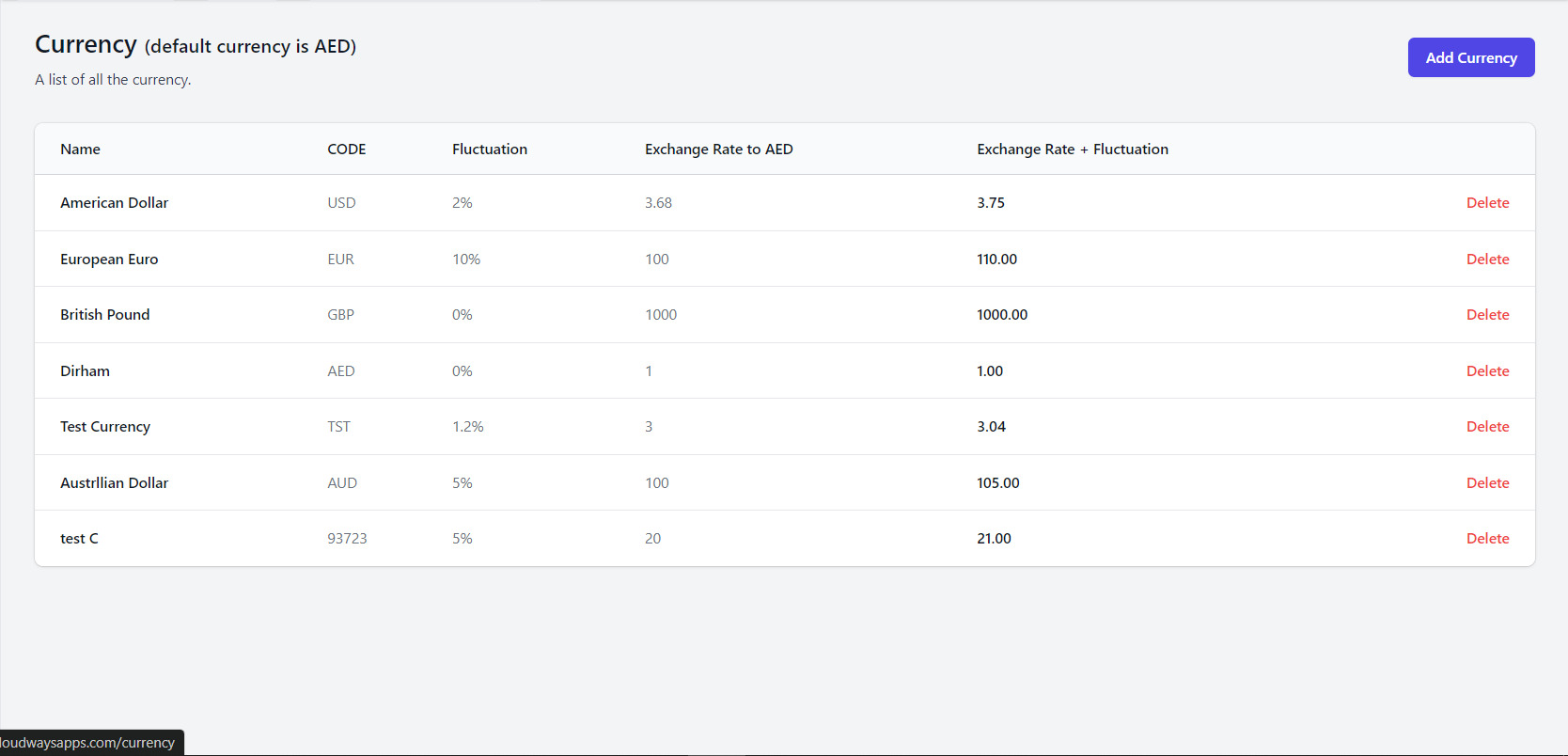
Results
- Efficiency Improvement: 65% increase in efficiency for single-entry operation.
- Labor Effort Reduction: 22 hours of labor saved on every 1,000 entry operations performed.
- Cost Savings: AED 505.23 cost savings on every 1,000 entry operations performed.
- Improved Accuracy: The ERP system reduced the likelihood of human errors, leading to more accurate data and better decision-making.
- Enhanced Collaboration: The integrated system fostered better communication and collaboration across departments.
- Scalability: The cloud-based solution provided the flexibility to scale operations as the business grows.
Conclusion
20+
Available Technologies
300+
Happy Clients Across the Globe
500+
Projects Delivered in Long-term Partnerships
Partnership goal To simplify a leading Education platform in preparation for future scalability
IBR Infotech hand-picked Professionals who joined the team under a hybrid model
We worked on
Reach a breakthrough in your project like we did our clients
For over 9 years, tech leaders from 10 industries entrusted The Software House’s engineers with refactoring, development, and cloud computing works.
Work only with scalable technologies
Expect a software solution designed for stability, usability, and scalability thanks to next-gen technologies like: microservices, serverless, and cloud computing
Rated 4.9/5 on Clutch.co
We follow a simple mantra that worked for +300 software projects we delivered with success — everything we build must be of great value to you and your clients

Form your durable team with us
The entire team from IBR Infotech has invested an incredible amount of time to truly understand our business, our users, and their needs.



